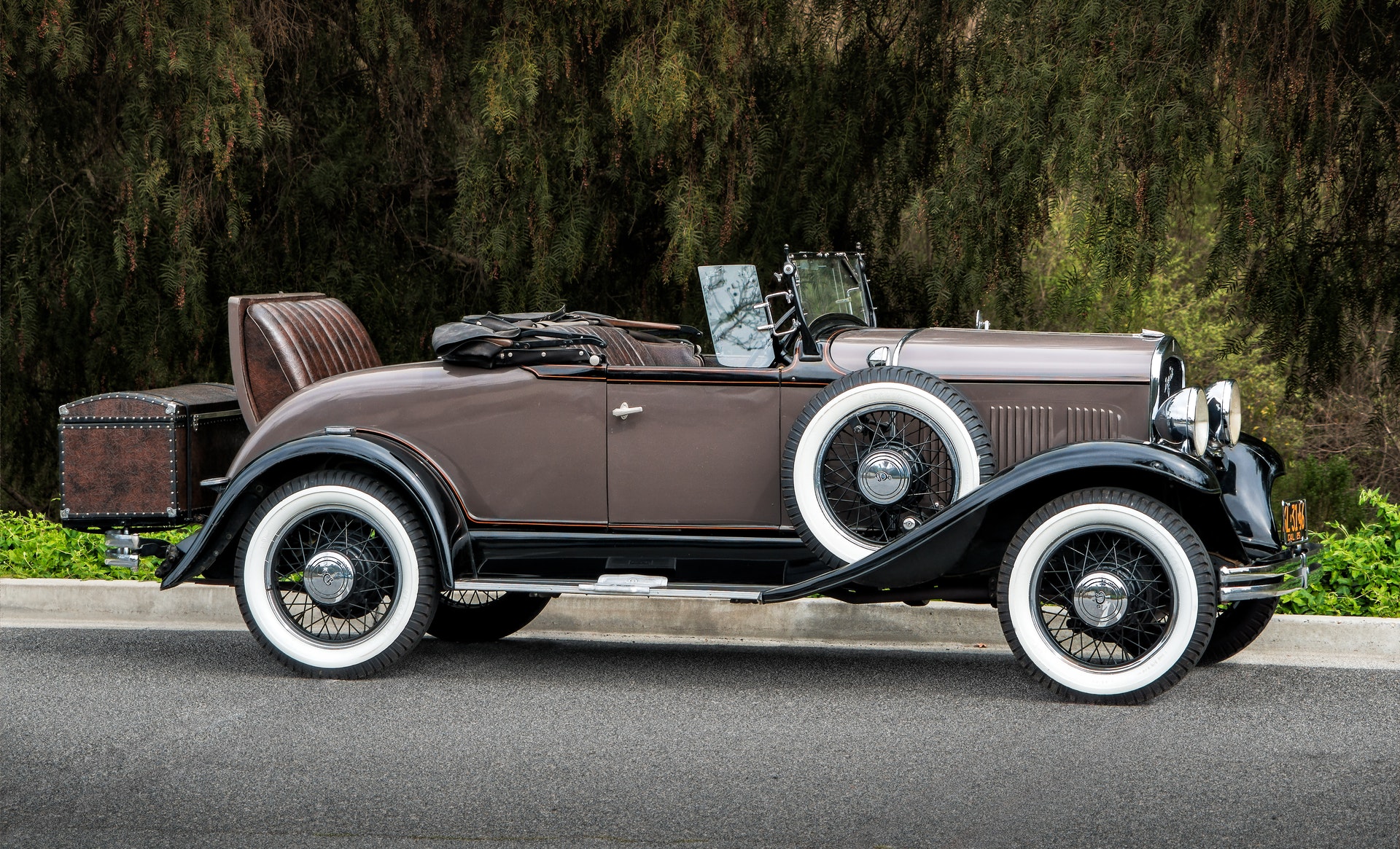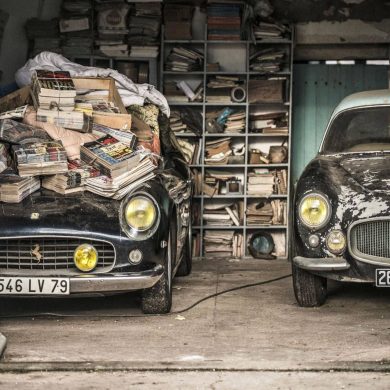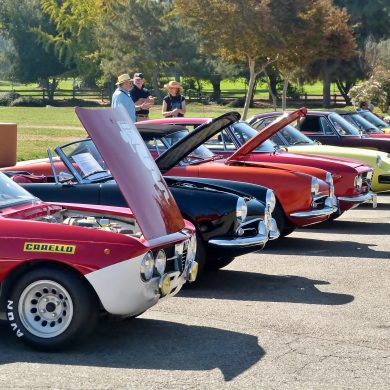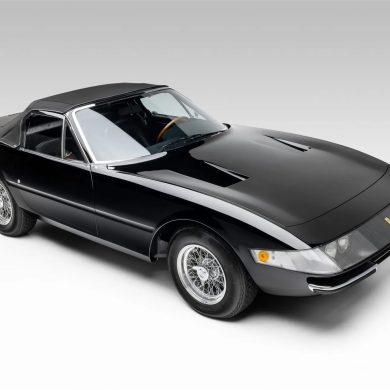Unlike our daily commuters that are here to make our life easier in all conditions, vintage and classic cars usually spend the winter away from the damp, wet, icy and salted roads. Whether they were bought as an investment, a passion project or a weekend getaway, classic cars require special winter care to stay on the roads for longer.
After all, it’s the condition that keeps a value of a classic car and driving one in unfavorable weather without proper care before and afterhand can only increase the risk of it deteriorating. Rain, mud, snow and especially road salt are classic car’s worst enemies, so it’s common consensus that classics should hibernate during winter.
When storing your cherished classic car over the cold season, you should take several factors into consideration. Winterizing a classic car is definitely different than winterizing a regular car as it requires more preparations and some special care to keep it preserved while it waits for longer days and warmer nights. This is especially applicable to older, unrestored collector cars which often have inferior rust protection compared to their fully restored or more modern counterparts.
Properly winterizing your car isn’t just about protecting the body. A complex mechanical device it is, an automobile needs its internals preserved as well. This article is there to cover the most important steps for winterizing and winter proofing your classic car. So, without further ado, let’s go!
Ideal storage conditions for your classic car
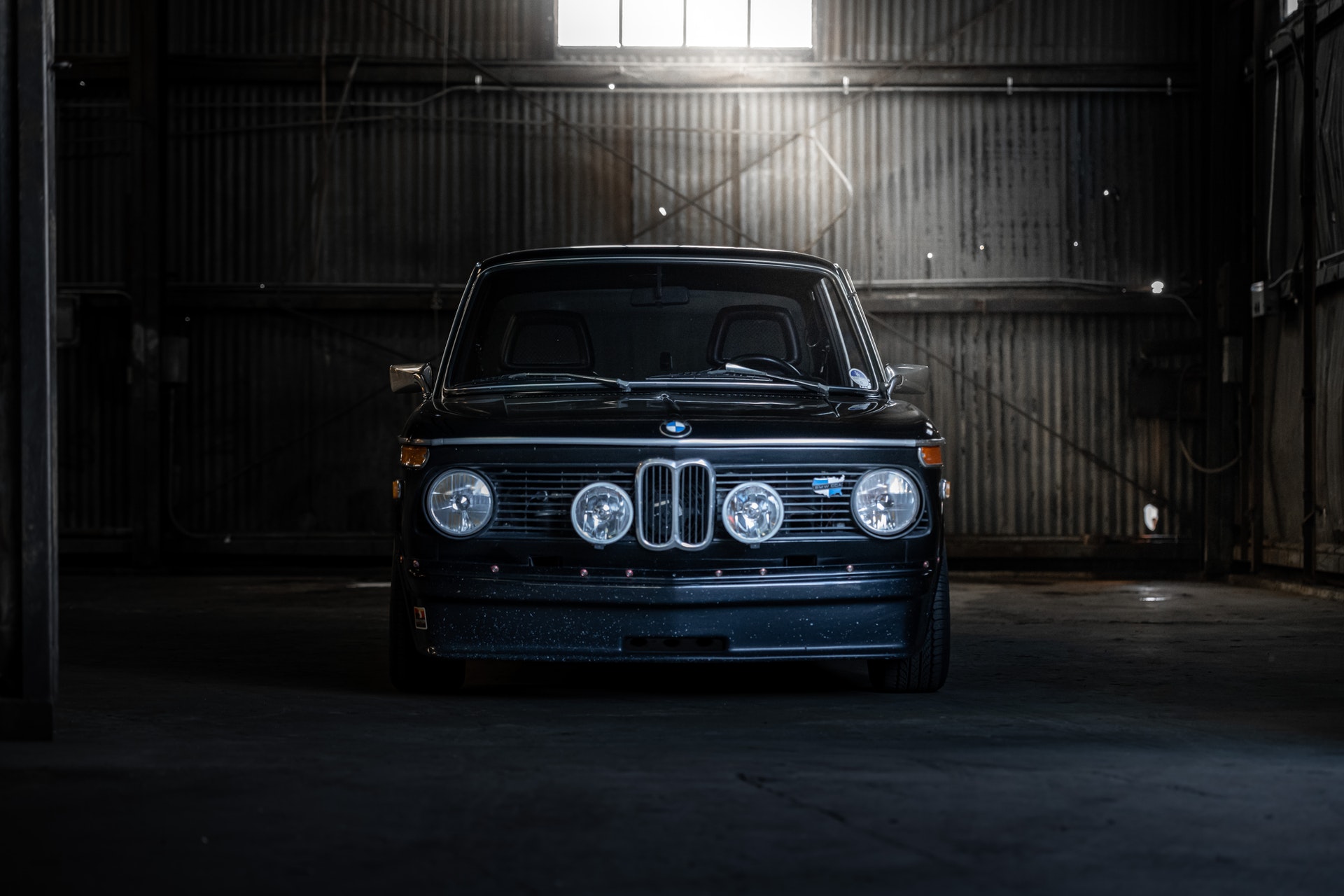
In short, an ideal storage unit for your classic car is heated, ventilated and has electricity. It’s also big enough for you to approach the car from any angle without rubbing against it. So, let’s elaborate further.
Optimal temperatures for storage
Keeping a classic car stored at an optimal temperature will maintain the properties of all in-car fluids while also ensuring longevity of rubber parts and interior trim alike. For example, frozen rubber seals are more prone to cracking, but that can be applied to rubber hoses, bushings etc. More so, a heated garage will also make it easier for you to start up the car from time to time during the cold season.
Keep the rats out
A warm garage is a perfect shelter for your classic car, but also to rodents which might try to use it to go through their winter, so you should keep that in mind as well. Rodent repellents come in various forms, so you can use either one or a combination of them to keep critters away.
Garage ventilation and humidity
Proper garage ventilation is equally, if not more important than the temperature as it ensures constant airflow which in turn helps keep the air fresh and dry. If your garage is electrified, a dehumidifier is advisable, but you should do so with care as overly dry air will affect everything else you store in your garage. An ideal air humidity level is at around 55%.
When it comes to additional security, a fire extinguisher is a must and an alarm is advisable too, both for obvious reasons.
Don’t forget car insurance
A final, invisible layer of protection is classic car insurance. Provided that your car is eligible for it, classic car insurance will give you a peace of mind by keeping you covered in case of a number of unforeseen circumstances.
To qualify for classic car insurance, a car needs to be a rare, appreciating antique or exotic car in presentable condition, not normally used as a daily driver or a race car. Insurance houses have various approaches to eligibility, but these are the most common requirements most of them share. Additionally, some insurance companies require classics to be provided with wintertime storage and that’s one more reason to garage your car.
Even in ideal conditions, you never know what might happen to your classic and you don’t want to bang your head too much either if it does. A classic car insurance will keep you covered from theft, or any potential damage caused by the elements which are sadly possibilities even if the car is in storage.
Preparing your classic car for storage

To successfully prepare it for a winter break it deserves, you ought to treat your classic car both mechanically and cosmetically. The whole process takes one day and it works quite well as stress relief too. So, let’s go!
You should start off by changing oil, coolant and filters is a must and depending on the car, a rule of thumb is to follow suit with brake and transmission fluid too. Depending on the conditions in your garage and your own mechanical knowledge, you could do this by yourself or pay a visit to your trusted mechanic.
To fuel or not to fuel?
Now, there are two conflicting opinions on what to do with your fuel tank. As you might know, fuel tanks are prone to corrosion and fuel itself loses its properties over time, so one recommendation is to fill the tank up and add a correct amount of stabilizer to maintain its properties while the car’s hibernating. On the other hand, classic car specialists recommend leaving as little fuel as possible in the tank, only to fill up the tank with fresh fuel before the first drive.
Our advice is to go for an empty fuel tank if you’re planning to store your classic for a prolonged period of time. By doing so, you’ll minimize the chances of having a tank full of stale fuel damaging your classic’s fuel lines, spark plugs, fuel filters etc.
Detail the exterior

As far as the bodywork goes, your classic car will benefit from a thorough wash, wax and dry. Ideally, you’ll wash it on a dry day and dry most of it by simply driving it around for a while and parking it in the garage for the final preparations. This way, you’ll keep the corrosion prone underside dry so you could focus on your classic’s body.
When drying the car, make sure to inspect and treat areas prone to water and grit buildup such as door hinges, bumper mounts or hood and trunk beadings. By drying these high risk areas and cleaning them from grime, you’ll significantly lower the possibilities of corrosion creeping in during hibernation.
Also, if you’re winterizing a soft top convertible, keep the top up. A damp folded top is an ideal environment for mold and that is definitely something you’ll want to avoid.
Treat the interior

After washing and drying the body, it’s time to treat the interior. Vacuuming the carpets and moisturizing leather seats and upholstery should do the trick for most cars and when you’re done you should roll the windows slightly down to maintain air circulation and keep it fresh for your first springtime drive. For an extra layer of moisture protection, a sodium or silica gel in the footwell will do the trick well.
Once the car is dry, clean, juiced up with fresh fluids and in the garage, it’s time for the final steps. To keep the battery in order, unplug it and ideally connect it to a self-monitoring battery charger. That way, you’ll avoid any unpleasant surprises when you turn the ignition key.
Check your tires
To avoid flat spots on the tires, max out their recommended air pressure, or if possible, put the car on axle stands. If you opt for keeping your classic car on its tires, make sure to roll it in the garage from time to time.
Before covering your classic, secure it with wheel chocks, put it in gear and avoid using a handbrake. Prolonged contact between the pads and the discs can result in the two fusing together and you’ll want to avoid this at all costs.
Dust protection
Finally, carefully blanket your car with a breathable cover that’s ideally lightweight and tailored for your prized possession. Your classic car is now ready to hibernate.
Don’t leave it hanging
As we already mentioned, occasional checkups over the winter season are highly advisable. These garage visits in winter aren’t particularly time consuming and you’ll also make sure that your car is doing fine or act accordingly in case it isn’t.
Firing up your car and idling it until it reaches working temperature will benefit its engine by keeping it lubricated. Additionally, roll the tires to maintain their shape, check their pressure and reinflate if needed.
Once the winter is over and road salt is washed off the streets, you and your beloved classic will be ready for another season on the road and your happily winterproofed car will thank you with a carefree first springtime drive.


